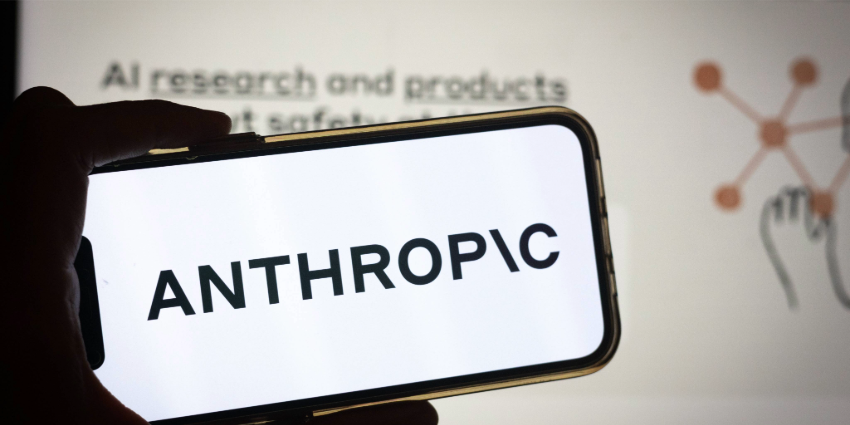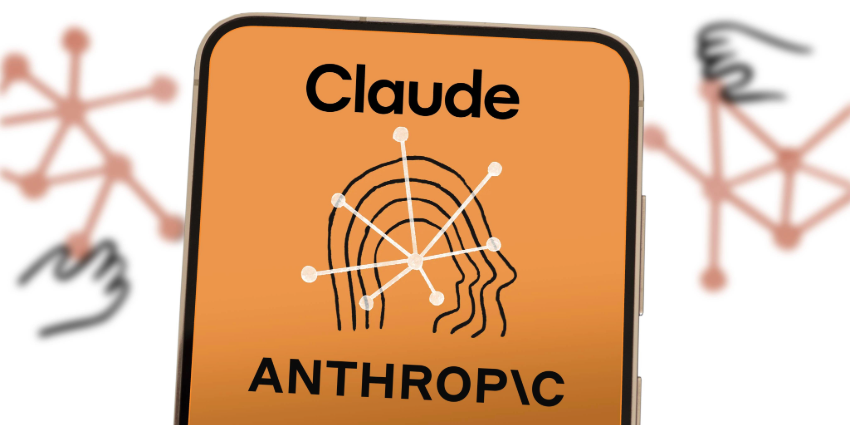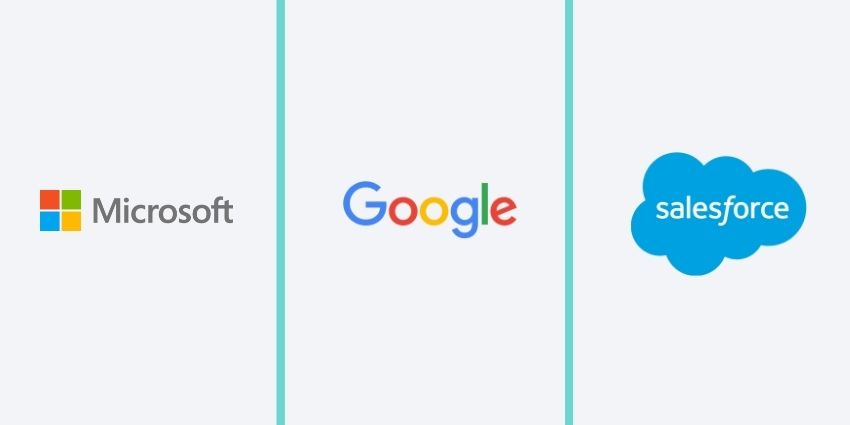Ready to build the ultimate generative AI workflow into your business operations? Integrating generative AI into everyday processes and tasks isn’t just a great way to stay one step ahead of the latest tech innovations. Our research found that 47% of companies say generative AI has increased their team’s productivity, and 45% say it’s made their staff more creative.
However, AI adoption for businesses can be complicated. From choosing the right tool or platform to ensuring your teams are ready for the transition, there’s much to consider. This guide will help you develop your own AI integration strategy and ensure you’re making the most of everything the latest Gen AI tools offer.
- Still unsure about the use cases for generative AI tools? Check out our complete guide to generative AI here for more insights. Alternatively, make sure you’re ready to get the most out of your AI investment with our guide to maximizing the ROI of generative AI.
Building your Generative AI Workflow: Integration Process
There’s no one-size-fits-all way to start implementing AI tools into your workflows. However, there are best practices you can follow to ensure you’re getting the best return on your investment, accelerating adoption, and minimizing disruption. Here’s how to get started:
1. Identify Clear Generative AI Workflow Opportunities
Start by identifying your generative AI goals and opportunities. Are you embracing generative AI and agentic tools to improve customer experiences?
Do you want to boost operational efficiency in specific areas, like using generative AI to improve the creativity of your sales and marketing teams? Try to focus on transformative opportunities – such as using generative AI to reimagine product development lifecycles or enhance decision-making tasks.
When you have clear objectives in mind (and an idea of how you’re going to measure the ROI of your generative AI workflow), start diving into the specifics. Use a technical feasibility analysis to evaluate how easy integrating generative AI into specific systems will be. Prioritize use cases with a scoring matrix considering factors like revenue growth or cost reductions.
2. Prepare your Data Landscape for AI Integration
Next, all generative AI technologies are only as good as the data they can access. Whether you’re building AI chatbots, or using Gen AI to streamline product design, you need to start by preparing your data landscape. Take an inventory of your existing data assets – the ones relevant to your AI goals. Assess each data source for relevance and quality.
Unify and prepare your data for specific AI workloads, paying attention to evolving AI compliance standards, like the EU AI Act, to determine which data you need to secure. Consider working with data engineers to prepare robust strategies for ensuring data quality and reliability.
3. Explore Generative AI Tools and Technologies
Next, start comparing your options for integrating generative AI into your business. What kind of features do you need to prioritize, such as integration with your current systems, scalability, accuracy, strong security measures, and reliable customer support?
Are you going to use a pre-built solution that integrates with your existing tools, like Microsoft Copilot or Google Gemini? How much do you need to customize those models with training data, and how much control do you have over their capabilities?
Do you need to consider building something from scratch for a specific use case, and if so, should you be working with developers to boost your chances of successful outcomes? Think about how you’re going to be deploying your AI tools too. You might consider cloud-based solutions for cost-effective scalability or on-premises systems for robust control.
4. Create a Plan for Implementing AI Tools
Now, identify how you will start building your generative AI workflows. Are you going to gradually introduce specific AI workflow automation options to a carefully chosen selection of AI champions or early adopters?
Who will be responsible for different parts of your AI adoption strategy? Ensure you have a well-rounded team of IT professionals, data scientists, and department heads who can offer direct feedback on the benefits and limitations of new tools.
Decide whether you need a specific team responsible for tasks like monitoring AI outputs, updating models, and tracking security or ethical issues.
5. Train your Teams for the New Generative AI Workflow
Your models aren’t the only thing you need to train when integrating generative AI into business workflows. Ensure your teams are ready to make the most of the solutions you give them. Give your team basic training on the generative AI tools they will use and how they can make the most of their features.
Create clear, accessible documentation to help guide your staff members through troubleshooting common problems, creating intuitive prompts, and addressing limitations. Consider building helpdesks or support teams within your business too. These teams can act as go-to support for anyone with AI-related questions, helping to streamline adoption.
Overcoming Generative AI Workflow Challenges
While investing in business process automation with AI and implementing generative AI tools into your business has a lot of benefits – there are challenges to overcome. Here’s how you can navigate a few common hurdles:
- Streamlining AI adoption or businesses: Introducing generative AI to your team’s workflows can cause a lot of disruption. Some employees still worry Gen AI will make them obsolete. Others feel uncomfortable with changing their day-to-day processes. Explain the benefits of generative AI for different use cases to team members. Answer employee questions quickly and make sure teams have plenty of support.
- Integration and technical challenges: Technical challenges are common when building generative AI workflows. You might have to handle data quality issues, system compatibility limitations and more. Find the right integrators or technical specialists to help guide you through the process, and make sure you examine your tech ecosystem and determine how compatible it is with AI tools in advance.
- Data privacy, AI governance, and ethics: Any AI solution raises concerns about data privacy, security, and ethical use. Try to choose generative AI tools that are explainable, equipped with robust security features, and attuned to your compliance standards. Keep your teams updated on changing laws and regulations.
Scaling your Generative AI Workflows
Finally, make sure you’re thinking long-term about your generative AI workflows. Once you’ve adopted one strategy successfully, find new ways to improve your return on investment by expanding into new use cases and experimenting with different tools.
Examine the success of your current generative AI tools, monitoring their impact on team productivity, efficiency, cost reductions, or customer service. From there, consider “complementary” use cases to build on that success. For instance, if you’re already using OpenAI’s GPTs to help with text-based content creation, you might explore options like DALL-E 3 for image generation, or Sora for video development.
Use pilot programs with your AI champions to test new AI initiatives in controlled environments and gather plenty of genuine feedback to guide your future strategies.
Optimizing your Generative AI Workflow
Implementing AI tools into business processes – particularly cutting-edge generative AI solutions – is about more than just keeping up with the competition. The right strategy for integrating generative AI into your processes can turbocharge productivity, innovation, and business growth.








